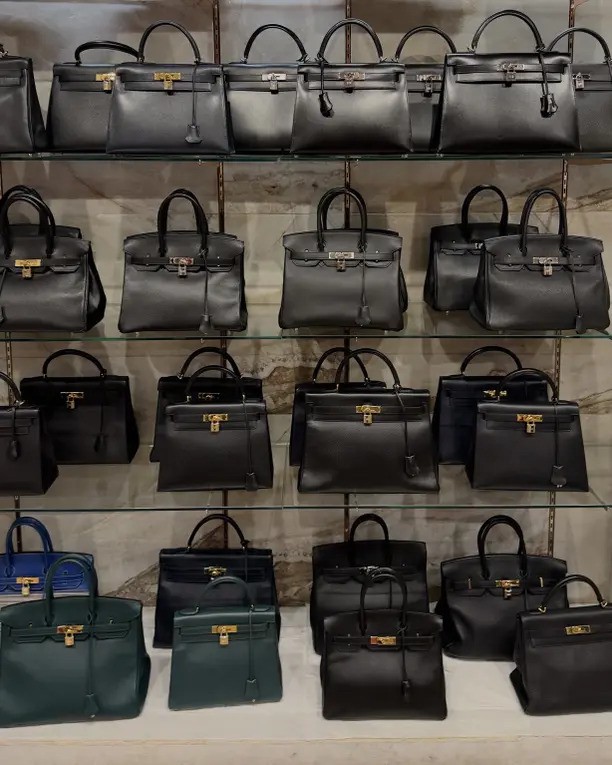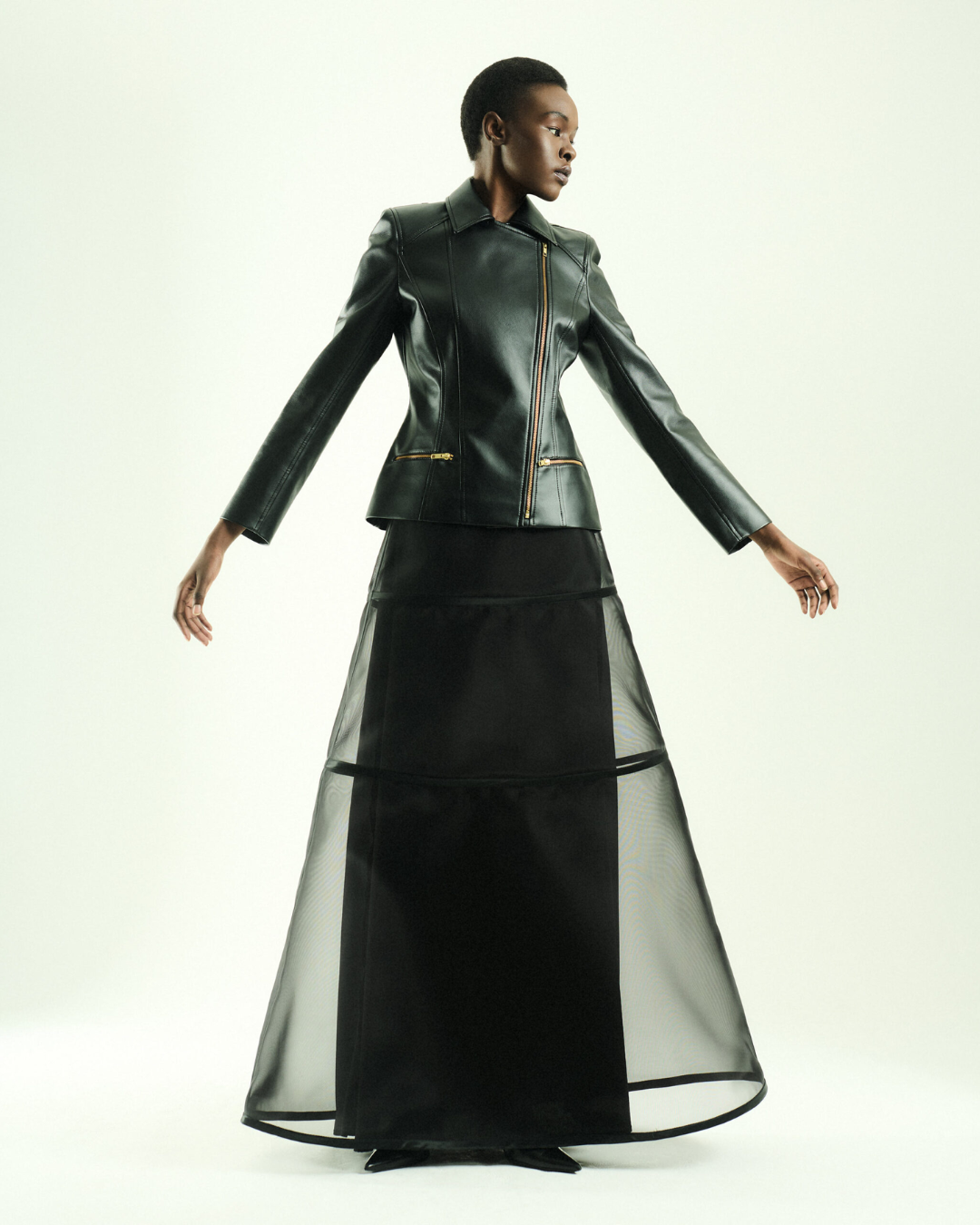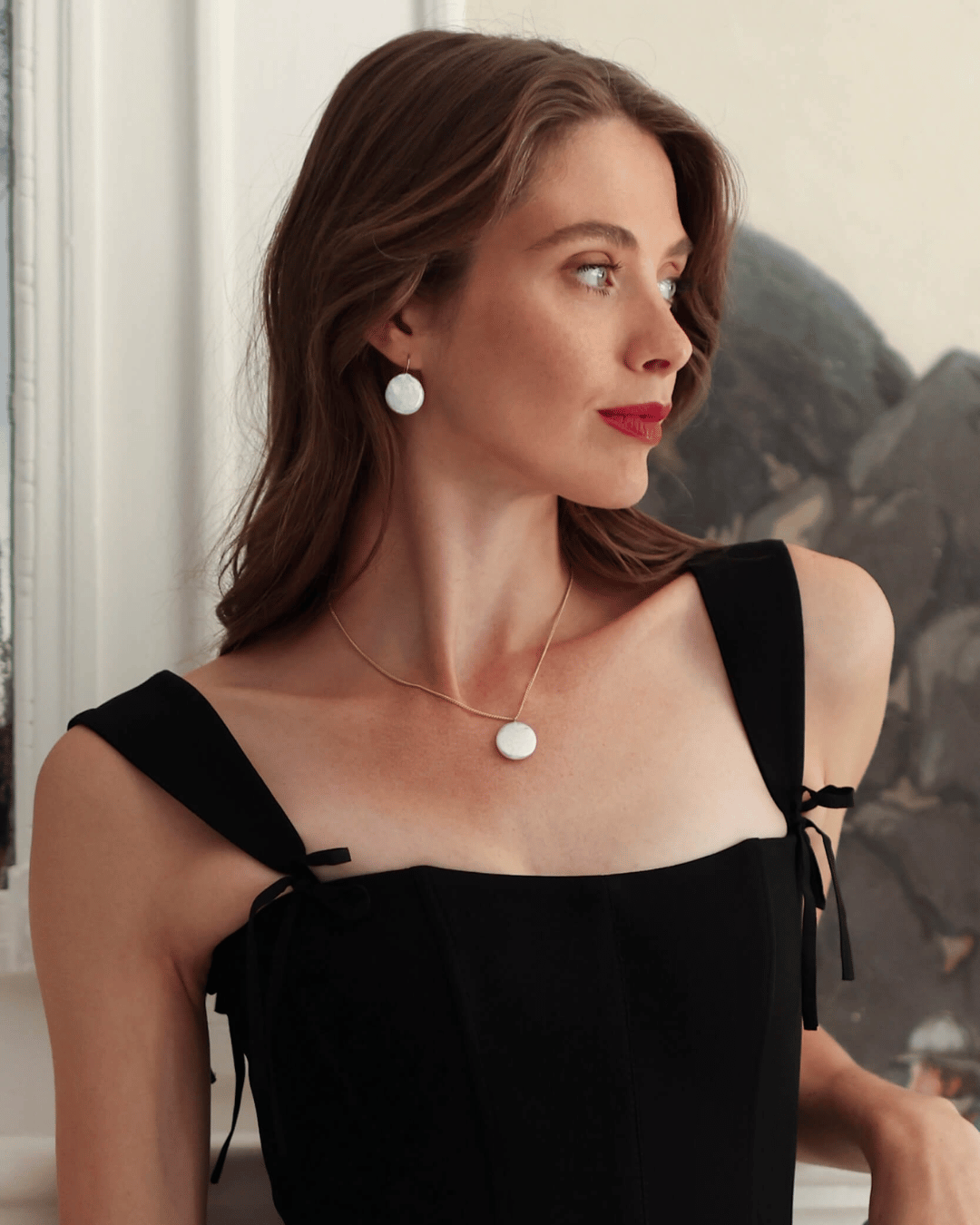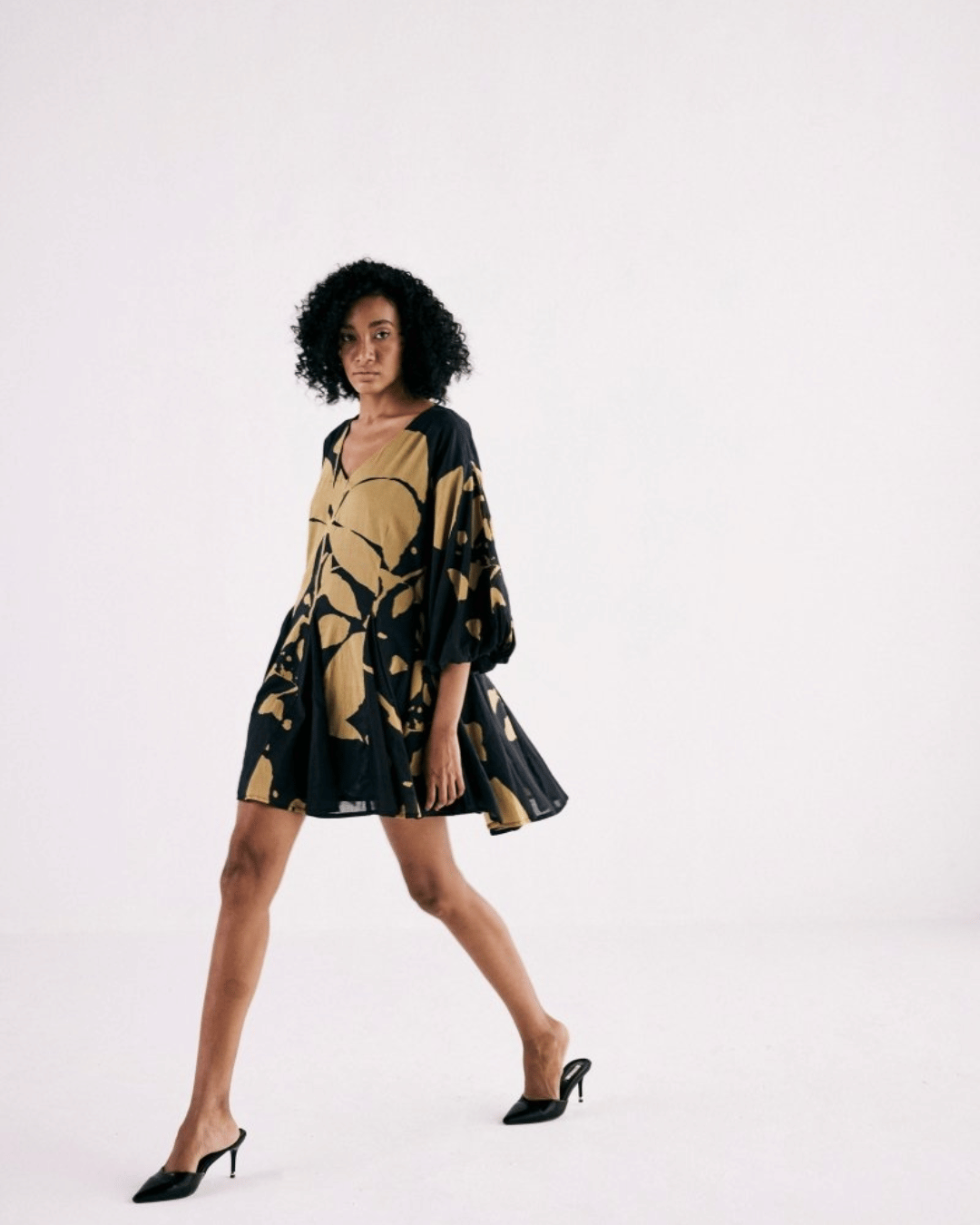The luxury fashion industry is in turmoil. For the first time in over 15 years, it’s projected to shrink. A startling shift in a sector that’s long been synonymous with power, prestige and profit. But it’s not just economic conditions causing this disruption. Recent revelations about unethical labor conditions at factories linked to high-end labels like Dior and Armani have rocked consumer trust.
In this blog, we’ll explore the true nature of luxury fashion. What defines it, who controls it, and most importantly, whether it still deserves its reputation. As consumers demand more transparency and value-driven choices, it’s time to ask: is traditional luxury fashion truly luxurious anymore?
What Is Luxury Fashion (And Who’s Behind It)?
Luxury fashion traditionally refers to clothing, accessories and goods known for their craftsmanship, exclusivity, heritage and high price tags. Brands like Louis Vuitton, Chanel, Gucci, Hermès, Miu Miu and Prada are staples in this category.
But what’s less talked about is who owns these labels. Many of them are controlled by powerful conglomerates and billionaires. For instance:
- LVMH, the world’s largest luxury group (owning Louis Vuitton, Dior, and Fendi), is headed by Bernard Arnault, the world’s richest man.
- Arnault has made headlines not just for his wealth, but also for cosying up to controversial political figures, most notably embracing Donald Trump’s MAGA movement.
This elite ownership often steers brands towards profits over principles. While the marketing may speak of heritage and artistry, behind the scenes there are global supply chains full of secrecy, exploitation and mass production disguised as exclusivity.
Why Is Luxury Fashion So Expensive?
There’s a widespread belief that luxury fashion commands high prices because of unmatched quality. While this is true for select items, much of the industry’s pricing is driven by branding, scarcity and emotional perception not just materials or labour.
- Brand Value: Decades of advertising and celebrity endorsements inflate desirability.
- Exclusivity: Limited editions and controlled distribution create artificial scarcity. (Never forget, Burberry literally burnt unsold items and no one was surprised)
- Aspirational Pricing: High prices serve as psychological cues for status and success.
- Markup Culture: Many luxury goods are sold at margins several times their production cost, often made in the same factories as mid-market items.
Ultimately, consumers are paying for the story as much as the product.
What Makes a Brand “Luxury”?
A brand earns the “luxury” label by fulfilling several criteria:
- Heritage and Storytelling: Legacy houses often draw on centuries-old craftsmanship traditions.
- Craftsmanship and Materials: Use of rare fabrics, handmade techniques and creative design.
- Exclusivity: Limited runs, high price barriers, waitlists and boutique-only availability.
- Recognition and Influence: Widespread media presence, fashion week participation, PR and celebrity association.
However, as fashion democratises, these criteria are being challenged, especially by emerging sustainable brands that emphasise authentic craftsmanship and transparency over pomp and prestige.
Is Luxury Fashion Sustainable?
For all its glamour, luxury fashion has a dirty underbelly. Recent scandals have exposed systemic issues:
- Labour Violations: Factories producing for Dior, Armani, Valentino, and Loro Piana were caught using exploitative subcontractors in Italy. These luxury houses allegedly turned a blind eye while workers were underpaid, overworked, and denied basic protections.
- Greenwashing: Many luxury brands make vague claims about sustainability while continuing harmful practices. ESG reporting often lacks third-party verification and materials like virgin polyester are still used frequently.
- Environmental Impact: From exotic leather to chemically dyed silks, many luxury items come at a high environmental cost.
Despite incremental improvements, the sector as a whole lags behind truly sustainable brands in both transparency and accountability.
Why Do People Still Buy Luxury Brands?
Luxury fashion has such an allure that we love. It’s a world of fashion shows, glamour and icons. It’s a world many of us want to be part of and for many, their first luxury item is a major goal. It’s a way of showing (not only to others, but also to oneself) a financial milestone. These so-called Veblen goods are insensitive to price increases; when prices go up, it’s only more interesting to buy them for some people, as they show higher prestige.
However, in recent years, prices have gone up rapidly, but the quality and supply chain have not kept up. The result? People are now complaining about the bad quality of Chanel bags, iconic Goyard bags come with melting (!!) leather straps and brands have been accused of exploitation.
Even though the fashion industry has always been notorious for demanding working conditions, the scandals and nepotism are making it less and less desirable.
Redefining Luxury: Appreciating Art & Craftsmanship
To us, there is nothing more luxurious than wearing items that align with your values. How can something be viewed as luxurious if it’s made by exploiting people and the planet? True luxury, to us, lies in the ability to switch to slower production where no time is saved in the creation process or maybe even tapping into production methods that carry century-old traditions. It’s about treating materials in such a way that their properties come to their fullest potential. It’s about designs that are not just following trends, but are beautiful in their own right.
Luxury should mean more than just big brands. It should represent care, quality, and conscience. On Project Cece we actually have hundreds of brands that align with that definition of luxury fashion. These brands offer:
- Direct Collaboration with Artisans: Supporting communities around the world with fair wages and preserving craft traditions.
- Radical Transparency: Full visibility into sourcing, production, and material choices.
- Exceptional Quality: Durable, timeless designs made to last.
- Meaningful Consumption: Helping consumers connect with what they wear, rather than buying into a logo.
This is luxury without compromise the elegance of knowing your values are reflected in your wardrobe.
Conclusion: The Future of Luxury Is Sustainable
As traditional luxury fashion grapples with scandal, stagnation, and loss of consumer trust, a new definition of luxury is emerging. One rooted in ethics, elegance and integrity.
While some iconic brands continue to chase profit behind closed doors, small sustainable labels are filling the void with authenticity, craftsmanship and heart.
Ready to explore what true luxury looks like? These are some of the brands we think are adhering to that true luxurious feeling:
You can find hundreds of carefully vetted impact-driven brands on our website. Just browse through our catalogue!




